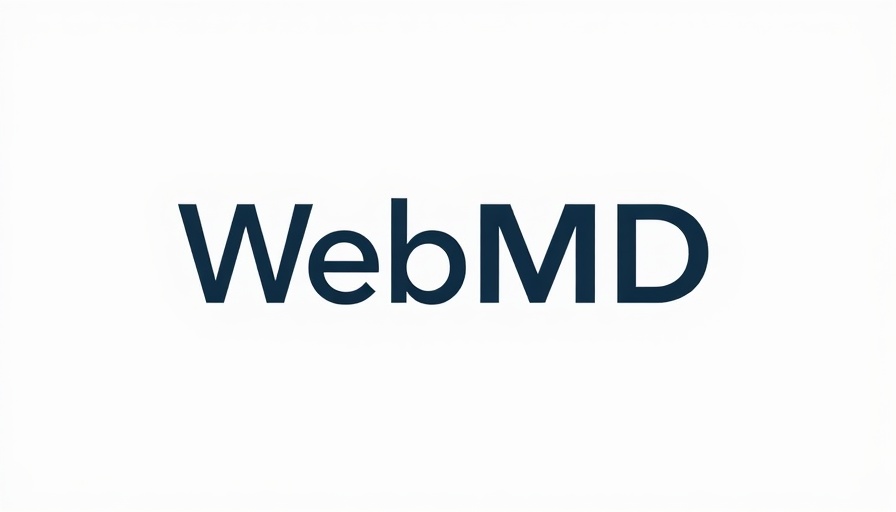
Understanding Visual Impairment in Ghana's Pensioner Population
Visual impairment and blindness are critical health issues affecting countless individuals across the globe, particularly among the elderly. Recent research focusing on registered pensioners in Ghana reveals alarming statistics about the prevalence and causes of these conditions. This article aims to provide insights into the factors associated with visual impairment and blindness, emphasizing why this information is essential for policy makers, healthcare providers, and families alike.
The Alarming Prevalence of Visual Impairment
According to the study, a significant portion of pensioners in Ghana suffers from visual impairment or blindness. The findings reveal that approximately 14% of registered pensioners are affected by some degree of visual impairment. This statistic raises concerns not only about individual health but also about broader implications for community wellbeing and economic stability.
Causes of Visual Impairment and Blindness
The research identifies several underlying causes of visual impairment among the elderly in Ghana. One primary factor is cataracts, which are known to be responsible for a large portion of cases of blindness. Other contributors include age-related macular degeneration and diabetic retinopathy, both of which are becoming increasingly prevalent due to lifestyle changes and rising diabetes rates.
Factors Influencing Visual Health
Among other findings, the study discusses various socio-economic factors that play a significant role in visual impairment. Those with limited access to healthcare, education about eye care, and adequate nutrition are at a greater risk. Additionally, the study points to a lack of regular eye examinations among the elderly as a notable issue, suggesting that preventative measures could greatly reduce the prevalence of these conditions.
Emotional and Human Impact of Visual Impairment
Beyond the statistics, the impact of visual impairment on the quality of life cannot be underestimated. Many pensioners face challenges such as a loss of independence, increased reliance on caregivers, and emotional distress. This shift can lead to feelings of isolation and depression, which further complicates their health conditions.
The Need for Comprehensive Eye Care Solutions
Addressing the visual health of Ghana's elderly population demands urgent action. The study calls for increased awareness and support for comprehensive eye care solutions, including routine eye exams and community-based programs aimed at educating both elderly individuals and their families. By investing in preventative initiatives, we can help reduce the overwhelming burden that visual impairments place on individuals and the healthcare system.
What's Next? Actionable Insights for Stakeholders
Readers—including healthcare professionals, policymakers, and families of pensioners—must take an active role in advocating for improved eye care services. This includes lobbying for more funding in healthcare initiatives and promoting awareness campaigns that stress the importance of eye health. Evidence shows that when communities come together to address health issues, improvements can be seen quickly and effectively.
In conclusion, understanding the prevalence and factors associated with visual impairment among registered pensioners in Ghana is not just an academic exercise but a call to action. It stresses the importance of community support, accessibility to adequate healthcare, and ongoing education to combat this pressing health crisis. Everyone has a role to play.
 Add Row
Add Row  Add
Add 




Write A Comment